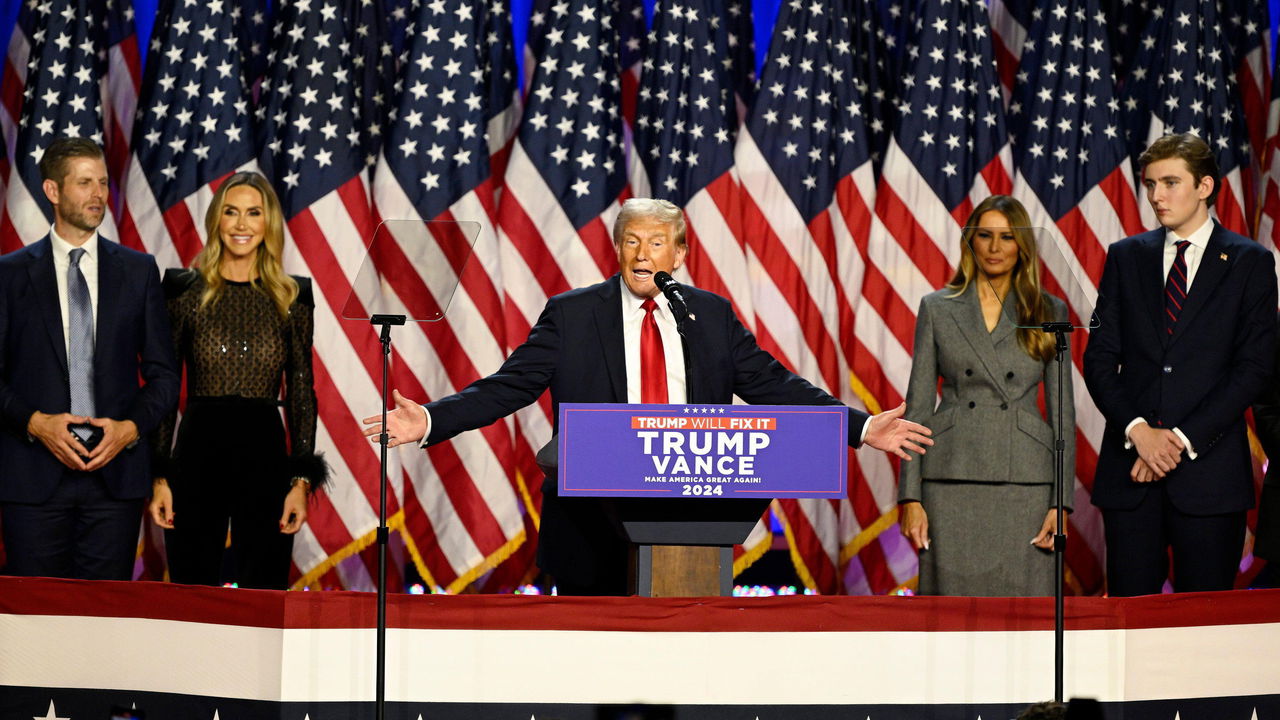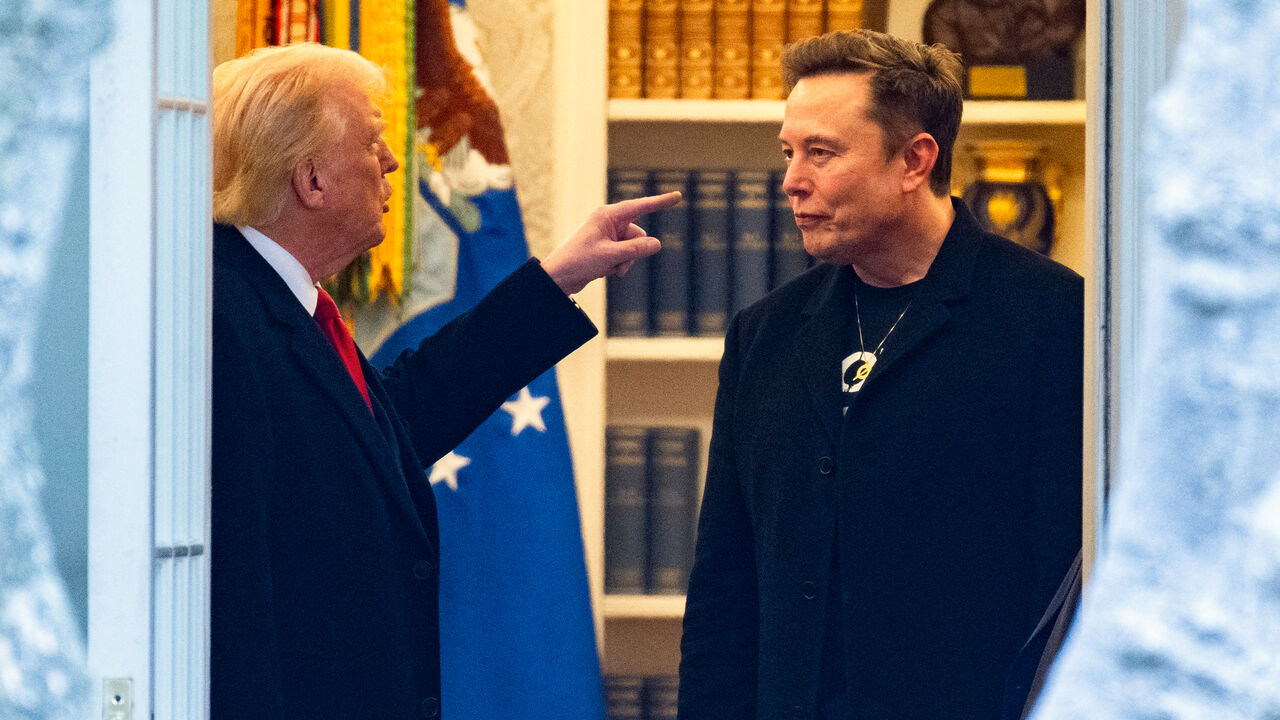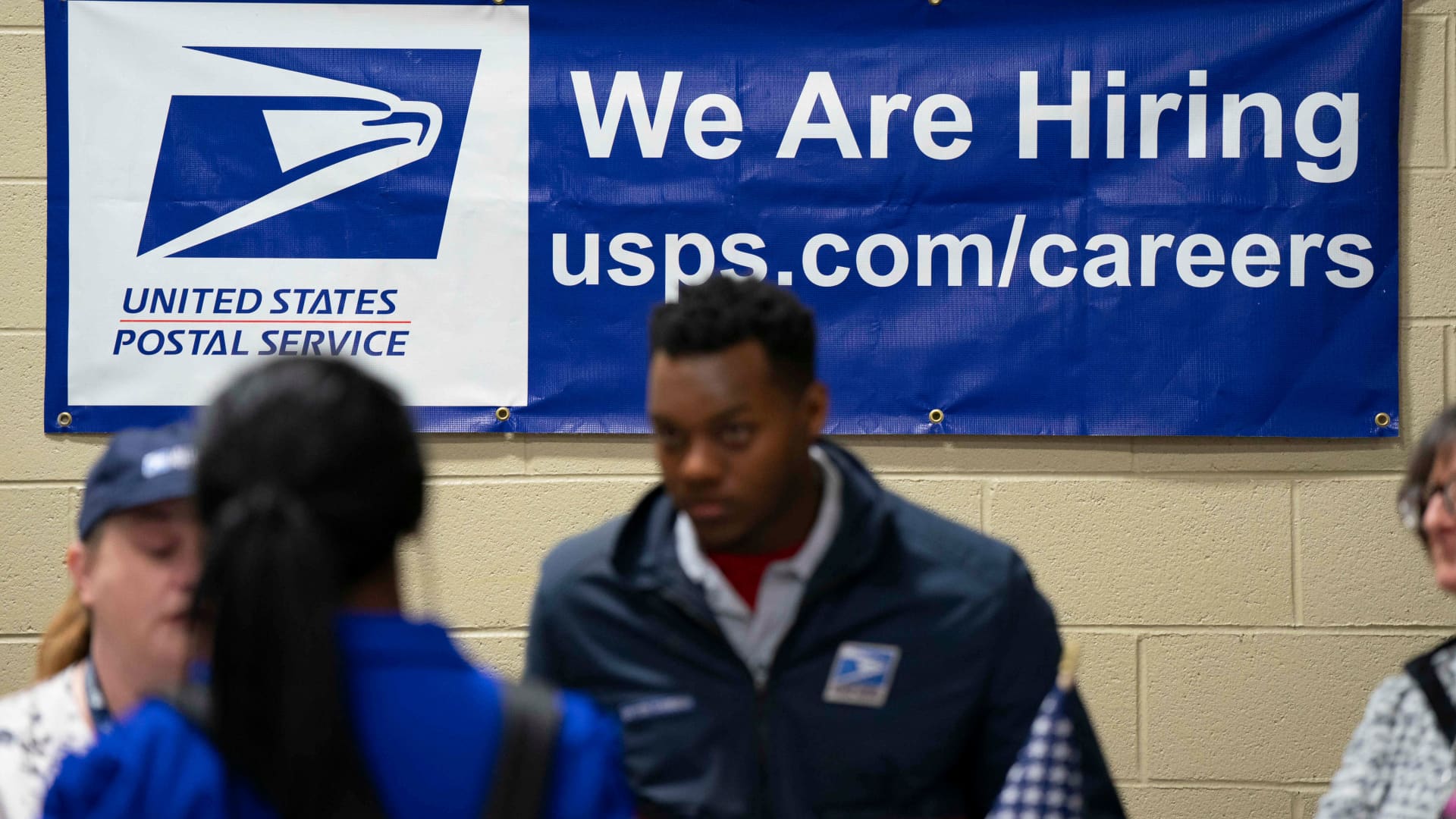IT IS AN extraordinary comeback—or, as Donald Trump triumphantly put it in West Palm Beach, Florida, in the early hours of November 6th, “a political victory that our country has never seen before”. After losing four years ago he has survived impeachment, conviction as a felon, numerous other indictments and two assassination attempts, and will become America’s 47th president, to add to his stint as the 45th. He becomes the oldest man ever to win the White House.
Many had expected a long wait for the result of an extremely close election to become clear. In the event, the outcome was evident within hours. Mr Trump looked set to win all seven of the critical swing states: he triumphed in North Carolina, Georgia, Pennsylvania and Wisconsin, and had strong leads in Michigan, Arizona and Nevada. That translates into a decisive advantage in the electoral college.
It appears that Mr Trump was able to draw support from both urban and rural voters at levels notably higher than in his contest against Joe Biden in 2020. In state after state, Mr Trump performed better than he had in 2020. In Florida, for example, where he won by three percentage points last time, his margin is on track to surge to 12 points. And although opinion-poll aggregates had consistently shown Kamala Harris to be ahead in the national popular vote, it seems that Mr Trump may have won that too. Just as in 2016 and 2020, in other words, the polls underestimated Mr Trump’s support.
What went wrong for Ms Harris? For one thing, her advantage among women voters, on whom Democrats were pinning their hopes, turned out to be smaller than expected. The gender gap, between the votes of men and women, actually narrowed, from 23 points in 2020 to 20, according to exit polls. Among Hispanic voters, Mr Trump made striking inroads, improving his margin by ten percentage points compared with 2020, according to CNN’s exit poll. The trend was particularly strong among Hispanic men: Joe Biden won their vote by a margin of 23 points; this time Mr Trump was on track to prevail among them by a margin of ten points. More broadly, dissatisfaction with high inflation and immigration contributed to a sense among voters that the country was on the wrong track, for which they naturally blame the incumbent. Much as Ms Harris sought to present herself as the candidate of change, she was stuck with her association with the current administration.
As well as the White House, the Republicans also wrested back control of the Senate. It was always going to be hard for Democrats to hold on to their slender majority in that chamber, given that they were defending a disproportionate number of seats (a third of which are up for election in each election cycle). Not only did Republicans take the vacant seat in West Virginia, as expected; they also flipped Ohio and Montana and prevailed in a close contest in Nebraska. The upsets Democrats hoped for in Florida and Texas failed to materialise. Republican control of the Senate smooths the way for Mr Trump to make important appointments—from cabinet secretaries to generals to Supreme Court justices—that require Senate confirmation.
Whether the Republicans complete their sweep by retaining control of the House of Representatives is still not clear. Results in California, to arrive later, will determine that. But Mr Trump, in his victory speech, was confident that the House would be his, too.
“This will truly be the golden age of America,” he declared. Few will question that the country is indeed entering a new age. Whether Mr Trump will truly “heal” America, as he promised, is more debatable. Beyond America’s borders, too, the consequences are momentous. From tariffs to climate change to Ukraine, the world must brace itself for Trump II.■

 Blog Post1 week ago
Blog Post1 week ago
 Economics1 week ago
Economics1 week ago
 Finance1 week ago
Finance1 week ago
 Economics1 week ago
Economics1 week ago
 Economics1 week ago
Economics1 week ago
 Personal Finance1 week ago
Personal Finance1 week ago
 Accounting1 week ago
Accounting1 week ago
 Economics1 week ago
Economics1 week ago



















